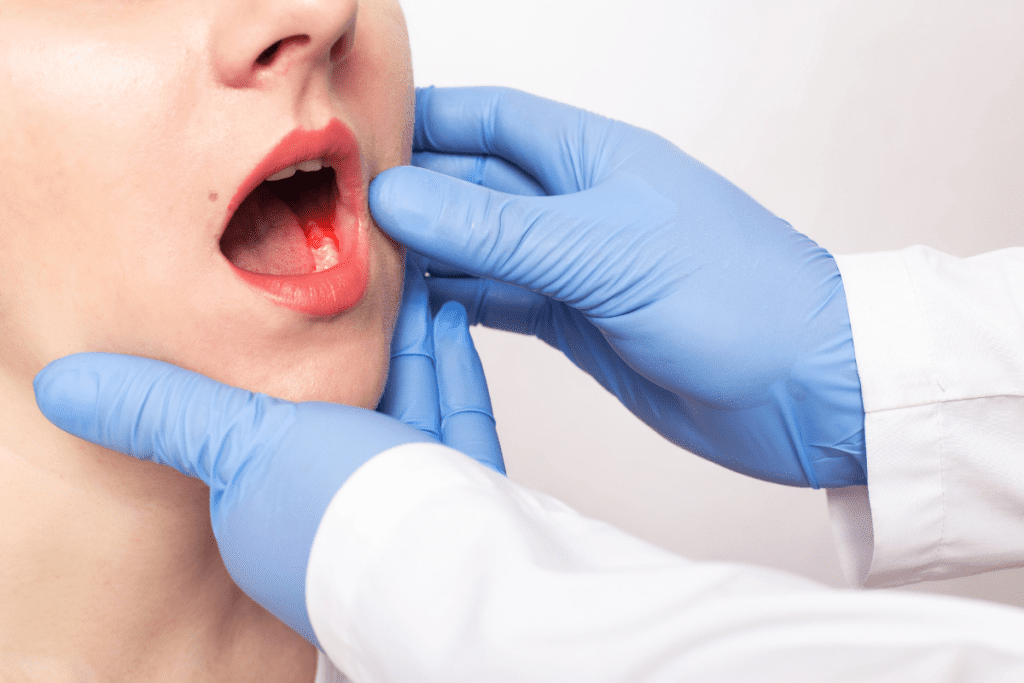Dental Fluorosis: What Is It and How Is It Treated?


Dental fluorosis is a disorder when tooth enamel loses its aesthetic appeal. If kids consistently consume fluoride during the years when their teeth are developing, beginning at age 8, it might happen.
The majority of dental fluorosis instances are mild to moderate, with hardly perceptible white patches on the tooth’s surface and no impact on oral health.
Moderate and severe forms of dental fluorosis, which are much less frequent, lead to more serious abnormalities in enamel. In the rare, severe variant, teeth may develop pits. The severe version is uncommon in areas where the water’s fluoride level is less than 2 milligrammes per litre.
So, if you’re interested in learning more about Dental Fluorosis, its symptoms, and treatment, you’ve come to the correct spot. In this article, Eugene Kids Dentist has covered everything you need to know. So, read it all the way through.

If you see white spots or streaks on your child’s teeth or if you observe one or more discoloured teeth, make an appointment with your dentist very once. These signs of dental fluorosis may exist.
The majority of cases are small, do not result in permanent tooth damage, and there are rarely severe fluorosis cases.
When fluorosis is minor, it is a painless aesthetic condition. There can be white “smudges” or “stains” on the surface of tooth enamel as a result.
Dentists, however, categorize fluorosis into the following types:
Most fluorosis cases are minor and don’t require treatment. Additionally, it may only affect the rear teeth, which are not visible.
There are several procedures that can significantly improve the appearance of teeth with moderate-to-severe fluorosis. Here are some of the techniques used to treat dental fluorosis:
These are some of the ways in which dental fluorosis can be treated. You should not waste a second if you feel that this disease is at its most severe stage. Consult a dentist as soon as possible.
We will discuss some of the causes of dental fluorosis here. Fluorosis can be caused by a number of things that you can easily avoid:
Even though no serious cases have been identified, hundreds of children are admitted to hospitals each year for consuming too much fluoride.
Therefore, whenever you wash your teeth, stay near your child. Do not use more toothpaste than a pea-sized amount. Fluoride protection is more than adequate with this amount.
Ensure that your youngster associates spitting out toothpaste with a fun experience by making it fun. Get them flavorless toothpaste if you don’t want them to spit (which is understandable).
If you keep fluoride consumption safe and away from the stomach, their grin will tell you everything you need to know about their health.
We look forward to meeting you. Call 541-688-7278 or request an appointment online to set up your first visit. We’ll be in touch soon.